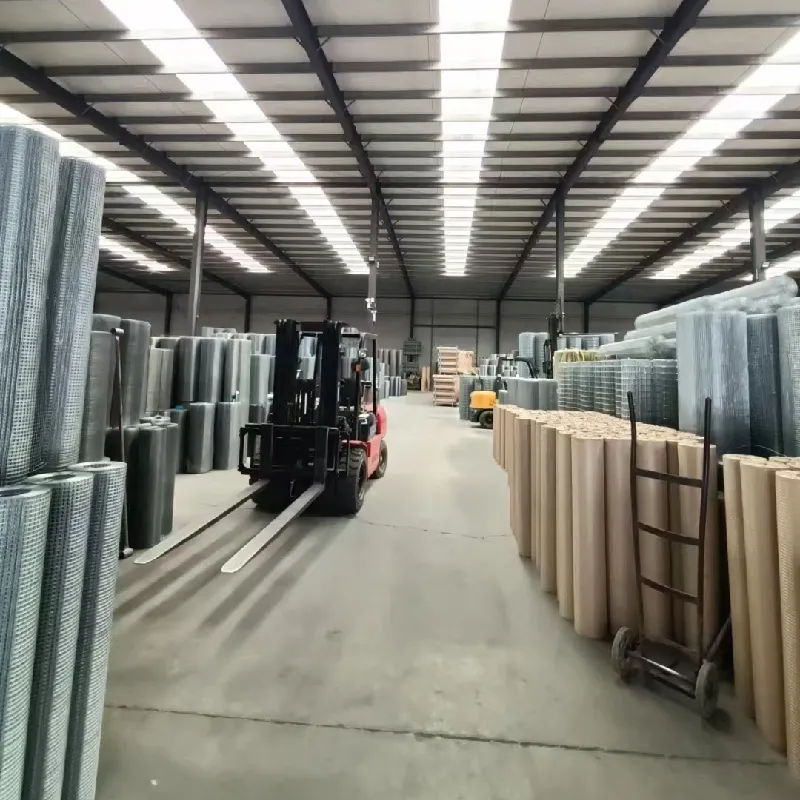-
 Afrikaans
Afrikaans -
 Albanian
Albanian -
 Amharic
Amharic -
 Arabic
Arabic -
 Armenian
Armenian -
 Azerbaijani
Azerbaijani -
 Basque
Basque -
 Belarusian
Belarusian -
 Bengali
Bengali -
 Bosnian
Bosnian -
 Bulgarian
Bulgarian -
 Catalan
Catalan -
 Cebuano
Cebuano -
 China
China -
 Corsican
Corsican -
 Croatian
Croatian -
 Czech
Czech -
 Danish
Danish -
 Dutch
Dutch -
 English
English -
 Esperanto
Esperanto -
 Estonian
Estonian -
 Finnish
Finnish -
 French
French -
 Frisian
Frisian -
 Galician
Galician -
 Georgian
Georgian -
 German
German -
 Greek
Greek -
 Gujarati
Gujarati -
 Haitian Creole
Haitian Creole -
 hausa
hausa -
 hawaiian
hawaiian -
 Hebrew
Hebrew -
 Hindi
Hindi -
 Miao
Miao -
 Hungarian
Hungarian -
 Icelandic
Icelandic -
 igbo
igbo -
 Indonesian
Indonesian -
 irish
irish -
 Italian
Italian -
 Japanese
Japanese -
 Javanese
Javanese -
 Kannada
Kannada -
 kazakh
kazakh -
 Khmer
Khmer -
 Rwandese
Rwandese -
 Korean
Korean -
 Kurdish
Kurdish -
 Kyrgyz
Kyrgyz -
 Lao
Lao -
 Latin
Latin -
 Latvian
Latvian -
 Lithuanian
Lithuanian -
 Luxembourgish
Luxembourgish -
 Macedonian
Macedonian -
 Malgashi
Malgashi -
 Malay
Malay -
 Malayalam
Malayalam -
 Maltese
Maltese -
 Maori
Maori -
 Marathi
Marathi -
 Mongolian
Mongolian -
 Myanmar
Myanmar -
 Nepali
Nepali -
 Norwegian
Norwegian -
 Norwegian
Norwegian -
 Occitan
Occitan -
 Pashto
Pashto -
 Persian
Persian -
 Polish
Polish -
 Portuguese
Portuguese -
 Punjabi
Punjabi -
 Romanian
Romanian -
 Russian
Russian -
 Samoan
Samoan -
 Scottish Gaelic
Scottish Gaelic -
 Serbian
Serbian -
 Sesotho
Sesotho -
 Shona
Shona -
 Sindhi
Sindhi -
 Sinhala
Sinhala -
 Slovak
Slovak -
 Slovenian
Slovenian -
 Somali
Somali -
 Spanish
Spanish -
 Sundanese
Sundanese -
 Swahili
Swahili -
 Swedish
Swedish -
 Tagalog
Tagalog -
 Tajik
Tajik -
 Tamil
Tamil -
 Tatar
Tatar -
 Telugu
Telugu -
 Thai
Thai -
 Turkish
Turkish -
 Turkmen
Turkmen -
 Ukrainian
Ukrainian -
 Urdu
Urdu -
 Uighur
Uighur -
 Uzbek
Uzbek -
 Vietnamese
Vietnamese -
 Welsh
Welsh -
 Bantu
Bantu -
 Yiddish
Yiddish -
 Yoruba
Yoruba -
 Zulu
Zulu
6mm steel mesh
The Importance of 6mm Steel Mesh in Modern Construction
In the realm of construction and civil engineering, the materials we choose play a crucial role in the integrity, durability, and safety of structures. One such material that has garnered significant attention is the 6mm steel mesh. Known for its versatility and strength, this type of steel mesh serves various applications in construction projects, ranging from residential buildings to large-scale infrastructure developments.
What is 6mm Steel Mesh?
6mm steel mesh, often referred to as welded wire mesh, consists of a grid of steel wires that are welded together at regular intervals. The mesh is typically made from high-quality carbon steel, providing it with remarkable tensile strength and durability. The 6mm designation refers to the diameter of the individual wires, indicating a robust framework capable of withstanding considerable loads.
Applications in Construction
One of the most prominent applications of 6mm steel mesh is in concrete reinforcement. By incorporating the mesh within concrete, builders can enhance the tensile and flexural strength of slabs, beams, and walls. The mesh helps to control cracking, making it an essential component in both structural and non-structural elements. For example, in residential applications, 6mm steel mesh is often used in floor slabs, ensuring that they remain level and strong over time.
In addition to concrete reinforcement, 6mm steel mesh is also utilized in various applications such as fencing, animal enclosures, and formwork for precast concrete products
. The mesh’s strength and corrosion resistance make it an ideal choice for outdoor applications, where durability is paramount.Benefits of Using 6mm Steel Mesh
6mm steel mesh

The advantages of using 6mm steel mesh in construction are manifold. First, the welded grid design allows for even distribution of loads, which is crucial for maintaining structural integrity. This distribution helps to minimize stress points within concrete, reducing the likelihood of cracking or failure. Furthermore, the mesh’s ability to bond effectively with concrete ensures that the two materials work together seamlessly, leading to more resilient constructions.
Another significant benefit is its ease of installation. 6mm steel mesh is lightweight and can be cut, shaped, or bent to fit specific project requirements. This flexibility allows construction teams to adapt quickly to design changes or site conditions, improving overall efficiency. Furthermore, the mesh can be prefabricated to fit various dimensions, streamlining the construction process.
The cost-effectiveness of 6mm steel mesh also deserves mention. While the initial investment may appear higher than some alternative reinforcement methods, the long-term savings associated with reduced maintenance and repair costs make it a wise choice. Structures reinforced with steel mesh typically exhibit greater longevity, translating into fewer renovations and lower overall lifecycle costs.
Environmental Considerations
As sustainable construction practices gain traction, the environmental impact of materials is increasingly scrutinized. Steel mesh is often manufactured from recycled materials, making it a more eco-friendly option compared to other construction materials. Additionally, the durability of steel means that buildings reinforced with this mesh require fewer materials over their lifecycle, further minimizing environmental footprint.
Conclusion
In conclusion, the 6mm steel mesh is a critical component in modern construction that offers a myriad of benefits, including enhanced strength, versatility, and cost-effectiveness. Its role in reinforcing concrete structures cannot be overstated, as it contributes to the overall stability and longevity of buildings. As the construction industry continues to evolve and embrace innovative materials and techniques, 6mm steel mesh stands out as a reliable choice that meets the demands of today’s infrastructure projects. Whether in residential or commercial applications, this innovative material is poised to play an essential role in shaping the future of construction.
-
Shipping Plastic Bags for Every NeedNewsJul.24,2025
-
Safety Netting: Your Shield in ConstructionNewsJul.24,2025
-
Plastic Mesh Netting for Everyday UseNewsJul.24,2025
-
Nylon Netting for Every UseNewsJul.24,2025
-
Mesh Breeder Box for Fish TanksNewsJul.24,2025
-
Expanded Steel Mesh Offers Durable VersatilityNewsJul.24,2025











